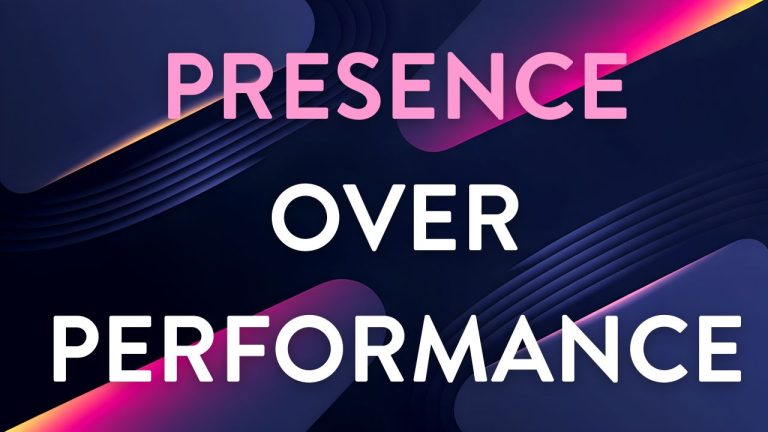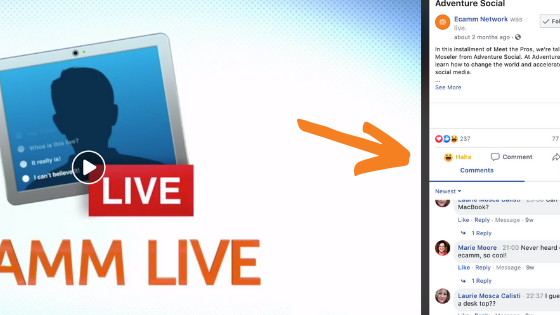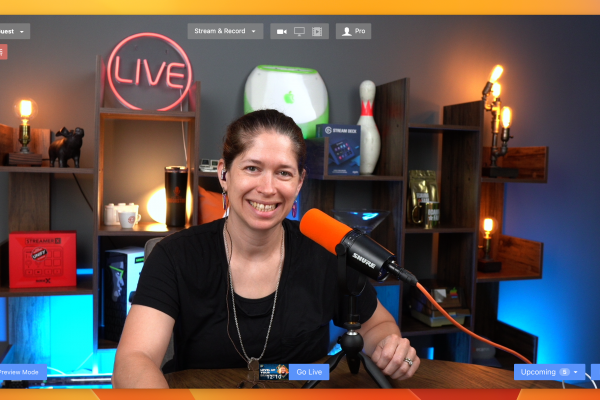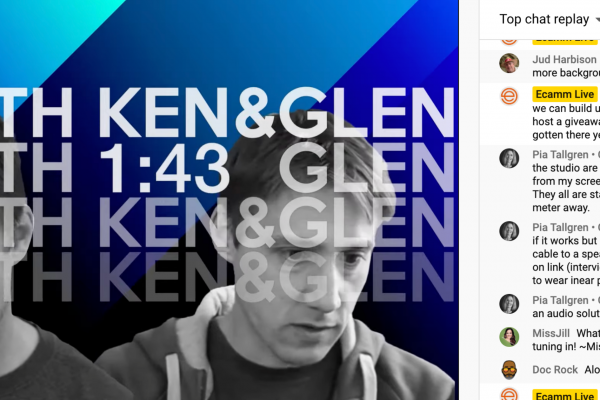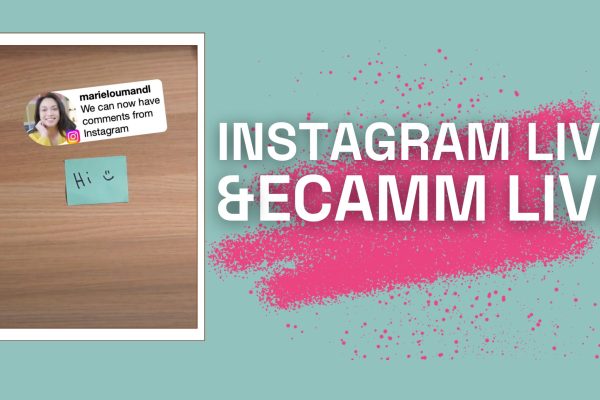Remember that “perfect” video you spent six hours editing last week? The one where you removed every “um,” polished every pause, and smoothed out every stammer?
Your audience didn’t care about those edits. In fact, they might have preferred the real you.
After hosting our recent One-Take Workshop with Alec Johnson, we witnessed something remarkable: creators discovering that their “flaws” were actually their superpowers. That slight hesitation when you’re thinking? It makes you human. That genuine laugh when you mess up a word? It’s what builds real connection.
Here’s the truth bomb Alec dropped on day 1: You’re not afraid of the camera—you’re afraid of not being perfect. And that fear is costing you time, authenticity, and ironically, the very confidence you’re trying to project.
The Confidence Paradox: Why Trying to Look Confident Makes You Look… Not
“The moment you stop trying to look confident is the moment you actually look confident,” Alec shared during the workshop. It sounds backwards, but think about it—when you’re having coffee with a friend, are you performing confidence? No. You’re just being yourself.
This is what Alec calls “presence over performance,” and it’s the cornerstone of the one-take method. When you focus on helping your viewer rather than impressing them, something magical happens: the self-consciousness melts away.
The Stories We Tell Ourselves (And Why They’re Wrong)
During the workshop, participants shared their biggest fears:
- “I don’t look good on camera”
- “I hate the sound of my voice”
- “Someone else could explain this better”
- “I’m not ready yet”
Sound familiar? Here’s what Alec revealed: These aren’t facts—they’re stories. And your audience? They’re not watching to judge your appearance or critique your voice. They clicked because they need what you’re offering.
For those new to video creation: This might be the permission slip you’ve been waiting for. You don’t need to be perfect to be valuable.
Your Audience Chose YOU (Not a Polished Robot)
Phil Pallen’s case study from the workshop revealed something striking: After going edit-free, he’s creating videos 30% faster with higher audience engagement. Why? Because authenticity beats perfection every single time.
Think about your favorite creators. Do you love them because they never say “um”? Or because they feel like real people you could grab coffee with?
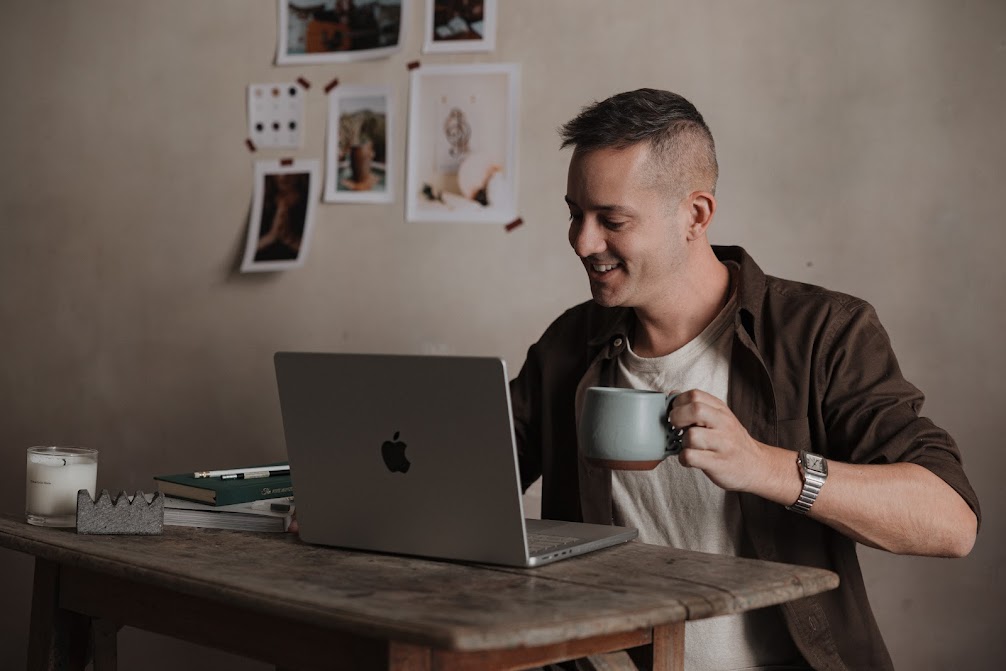
When workshop participants started recording without the safety net of editing, they discovered:
- Their natural speaking patterns created better flow
- Viewers commented on how “real” and “relatable” they seemed
- The pressure to be perfect disappeared (because perfection was off the table)
The Planning Paradox: Structure Creates Freedom
Here’s where it gets interesting. You might think one-take videos mean no preparation—just hit record and wing it. Actually, the opposite is true.
Alec’s approach isn’t about being unprepared; it’s about being prepared differently:
The Bullet Point Method
Instead of scripting every word (which Alec says makes him sound like a robot reading a manual), he uses high-level bullet points. “When I tried scripting, it never sounded like me,” he admitted. “Now I just note the key transformations I want to help viewers achieve.”
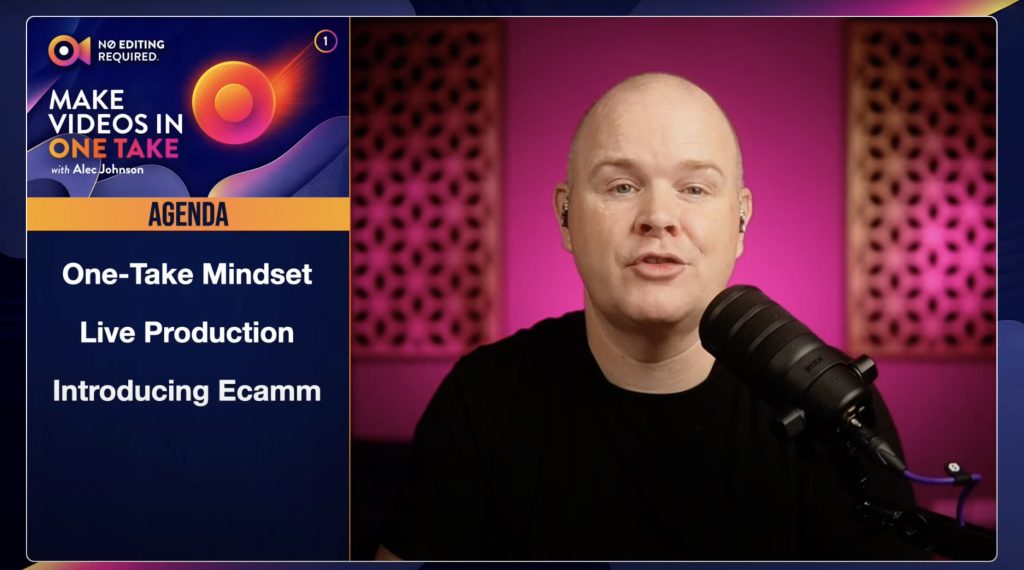
The One-Person Focus
Here’s a game-changer: Make each video for ONE specific person. Alec revealed he’s created entire videos with a single community member in mind. “When you’re helping one person, everyone else feels like you’re speaking directly to them, too.”
The Opening Line Exception
While Alec advocates for natural delivery, he does script one thing: the opening hook. “It’s the least natural part of YouTube—nobody starts teaching their kid to tie shoes with ‘If you’re looking for the most efficient shoelace method…'” This small bit of preparation prevents the most common stumbling block.
The Muscle Memory Magic: Why Practice Beats Perfection
“It’s like driving a car,” Alec explained. “You don’t think about where the turn signal is—your hand just knows.” The same thing happens with one-take video creation.
Workshop participants who committed to regular practice reported:
- Scene switching became automatic within a week
- Camera anxiety decreased with each video
- Technical tasks faded into the background, letting personality shine
The secret? Start simple. Alec’s first 100 videos were recorded between 4-6 AM before his kids woke up. No fancy setup. No complex scenes. Just him, his knowledge, and a commitment to show up.
For Ecamm Veterans: Your Technical Skills Are Already There
If you’ve been using Ecamm for a while, you’re probably overthinking this. You already know how to:
- Switch between scenes
- Add overlays and graphics
- Manage your audio levels
- Create professional-looking productions
The one-take method isn’t about learning new features—it’s about trusting the skills you already have. As one workshop participant put it: “I realized I was using editing as a crutch. Once I took it away, I found my real voice.”
For Ecamm Newcomers: Start Where You Are
New to Ecamm? Perfect. You get to build good habits from day one. The beauty of starting with Ecamm is that it’s designed for live production—everything you need for one-take videos is already built in.
You don’t need:
- Multiple cameras (your built-in webcam is fine)
- Complex scenes (start with just you)
- Perfect lighting (natural light from a window works)
- Expensive microphones (though good audio does matter most)
You DO need:
- A message to share
- Someone to help
- The courage to be imperfect
The Unexpected Benefits Nobody Talks About
Beyond saving time, workshop participants discovered surprising advantages:
Consistency Becomes Easier: When videos take 30 minutes instead of 3 hours, you actually stick to your publishing schedule.
Your Message Stays Fresh: No more second-guessing yourself into bland, over-edited content.
Zoom Calls Transform: The skills transfer directly. Suddenly, you’re the person everyone wants to present because you’re comfortable and natural on camera.
Confidence Compounds: Each unedited video proves you don’t need perfection to provide value.
Your One-Take Challenge Starts Now
Here’s what Alec challenges every creator to do:
This week, create ONE video with zero edits.
Not your magnum opus. Not your channel trailer. Just one helpful video for one person who needs what you know.
Your Challenge Checklist:
- Pick one person you want to help (real or imagined)
- Choose one problem you can solve for them
- Write 3-5 bullet points (not a script)
- Take a deep breath and hit record
- Share it in the Ecamm community with #OneTakeChallenge
When you complete your first one-take video, something shifts. The fear loses its grip. The second video gets easier. By the tenth, you’ll wonder why you ever spent hours editing.
But What If I’m Not Ready?
During the workshop, Alec shared something profound: “You’re not waiting to be ready—you’re waiting to be perfect. And perfect never comes.”
If you’re still hesitating, consider this: Right now, someone needs exactly what you know, explained exactly how you’d explain it. They’re not waiting for the polished version. They’re waiting for the helpful version.
Grab Alec’s free Confidence Switch mini-course if you need that extra push. It’s designed specifically for creators who know their stuff but freeze when the camera turns on.
The Bottom Line: Your Audience Wants YOU
Not the edited you. Not the perfect you. The real, helpful, occasionally-stumbling-but-always-authentic you.
The one-take method isn’t just about saving time (though saving 30% on every video is nice). It’s about finally giving your audience what they actually want: genuine connection with a real person who can help them.
Ready to join the one-take revolution?
Start your free Ecamm trial and take the challenge. Create one unedited video this week. Share it with #OneTakeChallenge.
We’ll be watching—not for perfection, but for the moment you discover what thousands of creators already know:
The best take is the one where you’re simply yourself.

